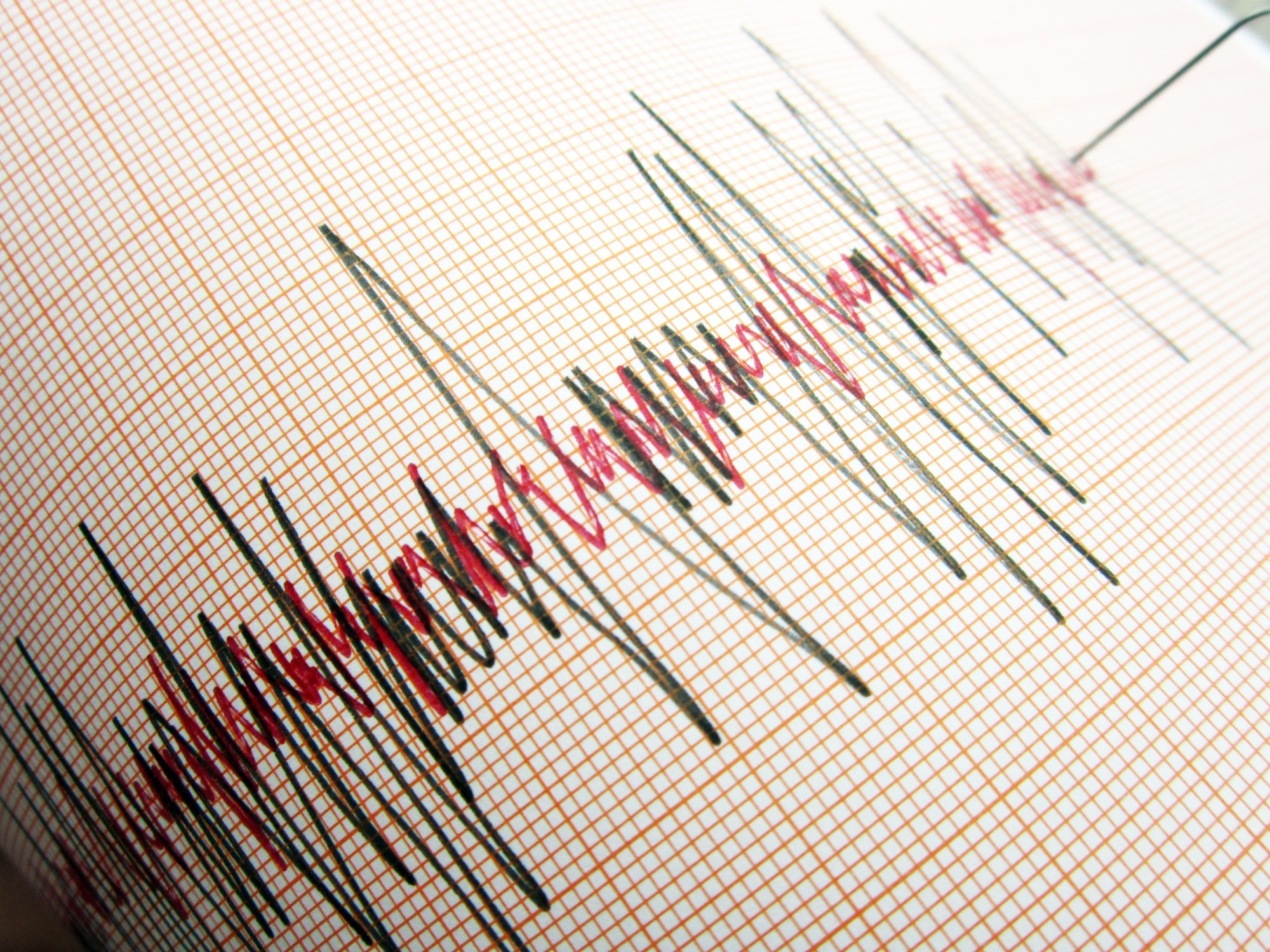In an article recently submitted to the ArXiv* server, researchers addressed challenges in seismology model training by introducing SeisCLIP, a foundational model trained through contrastive learning from multi-modal data. The transformer encoder of SeisCLIP extracted crucial features from seismic spectra, while a Meridian Lossless Packing (MLP) encoder integrated phase and source data. It was pre-trained on a large dataset and fine-tuned for specific tasks. SeisCLIP outperformed baseline methods in event classification, localization, and focal mechanism analysis across diverse regions. This model demonstrated significant promise for advancing seismology research.
 Study: SeisCLIP: Revolutionizing Seismology with Contrastive Learning. Image credit: menur/Shutterstock
Study: SeisCLIP: Revolutionizing Seismology with Contrastive Learning. Image credit: menur/Shutterstock

 *Important notice: arXiv publishes preliminary scientific reports that are not peer-reviewed and, therefore, should not be regarded as definitive, used to guide development decisions, or treated as established information in the field of artificial intelligence research.
*Important notice: arXiv publishes preliminary scientific reports that are not peer-reviewed and, therefore, should not be regarded as definitive, used to guide development decisions, or treated as established information in the field of artificial intelligence research.
Background and Related Work
In recent years, seismology has seen more integration of machine learning and deep learning methods and has excelled in diverse tasks like denoising, earthquake detection, phase picking, localization, event classification, focal mechanism determination, and earthquake prediction. However, training task-specific models faces limitations due to sparse labeled data and insufficient datasets for some tasks. Transfer learning has helped but is confined to specific subfields. In past work, self-supervised learning has shown promise in training foundational models, especially in natural language processing and computer vision. Contrastive learning is a prominent technique exemplified by models like Contrastive Language-Image Pre-training (CLIP).
Proposed Method
The SeisCLIP model, inspired by principles from CLIP, always aims to create a foundational seismology model through contrastive learning. This can be computationally intensive when foundational models employ transformer blocks in their architecture. The segmentation of seismic waveforms, characterized by their extended 1D time series, follows a method akin to that applied to 2D images. However, this approach raises concerns about potentially compromising critical information and disrupting signal continuity.
To address this, the researchers opted for a spectrum-based approach rather than waveform-based. Their model comprises two encoders: one for spectrum images and the other for event information. The spectrum encoder utilizes the Short-Time Fourier Transform (STFT) to convert seismic waveforms into time-frequency spectra to facilitate the capture of essential frequency-domain features. The information encoder processes eight types of event-related phase and source information from the STEAD dataset. These components are separately processed by their respective encoders, and the model employs contrastive learning to train them jointly. This approach offers computational efficiency and maintains information integrity, making it well-suited for various seismology tasks and datasets.
Experimental Results
The researchers explored the impact of different STFT parameters on model performance and found that SeisCLIP remained effective across a range of spectrum sizes, emphasizing its adaptability to diverse seismic analysis challenges. However, the approach acknowledged potential challenges related to generalization when different-sized spectra are applied to downstream tasks and released open-source pre-trained models with varying spectrum sizes to address this limitation. Overall, SeisCLIP exhibits significant promise as a foundational model in seismology that can address a wide array of seismic data analysis tasks by offering valuable insights for future research and applications in the field.
Contribution of this paper
The study’s contributions can be summarized as follows:
SeisCLIP Framework: The paper introduces a novel framework for seismic data analysis called SeisCLIP. SeisCLIP leverages contrastive learning to pre-train seismic spectrum and event information by making it capable of capturing essential features from seismic waveforms.
Foundation Model for Seismology: SeisCLIP serves as a foundational model in seismology. It is designed to adapt to a wide range of downstream tasks, including event classification, localization, and focal mechanism analysis.
Performance Superiority: Through extensive evaluation, this paper demonstrates that SeisCLIP consistently outperforms baseline methods in various tasks by excelling in event localization. It also accurately estimates epicenter distances, depths, and other parameters.
Adaptability Across Spectrum Sizes: The researchers explore the impact of different STFT parameters on model performance and find that SeisCLIP remains effective across various spectrum sizes. This adaptability makes it suitable for different types of seismic analysis tasks.
Open-Source Pre-Trained Models: To address potential challenges related to generalization, the paper releases open-source pre-trained SeisCLIP models with varying spectrum sizes. These models facilitate customization for diverse downstream tasks in seismology.
Future Research Implications: The study suggests that SeisCLIP's capabilities extend beyond the evaluated tasks and encourage further exploration of its applicability in additional seismic data analysis challenges, such as polarity determination, event detection, and peak ground motion estimation.
Conclusion
In summary, the seismology foundation model outperforms traditional approaches by leveraging a comprehensive understanding of key features. This model is a pre-trained and fine-tuned approach for event classification, location estimation, and focal mechanism analysis. It demonstrates versatility across diverse datasets and regions and paves the way for advanced seismology deep-learning models.
This innovative approach represents a significant step forward in the field by offering promising solutions for various seismological challenges. The future scope for foundation models in seismology includes enhancing their adaptability to a wider array of tasks and fostering international collaboration for more comprehensive earthquake monitoring and research. This will lead to improved seismic event understanding and early warning systems.

 *Important notice: arXiv publishes preliminary scientific reports that are not peer-reviewed and, therefore, should not be regarded as definitive, used to guide development decisions, or treated as established information in the field of artificial intelligence research.
*Important notice: arXiv publishes preliminary scientific reports that are not peer-reviewed and, therefore, should not be regarded as definitive, used to guide development decisions, or treated as established information in the field of artificial intelligence research.